
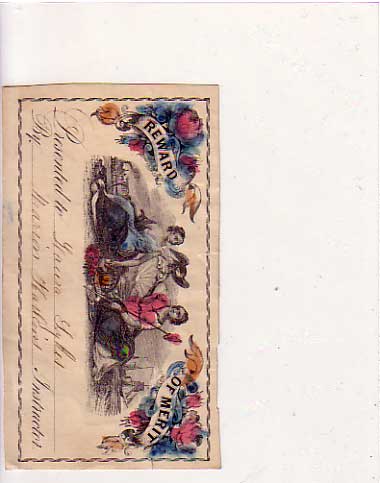

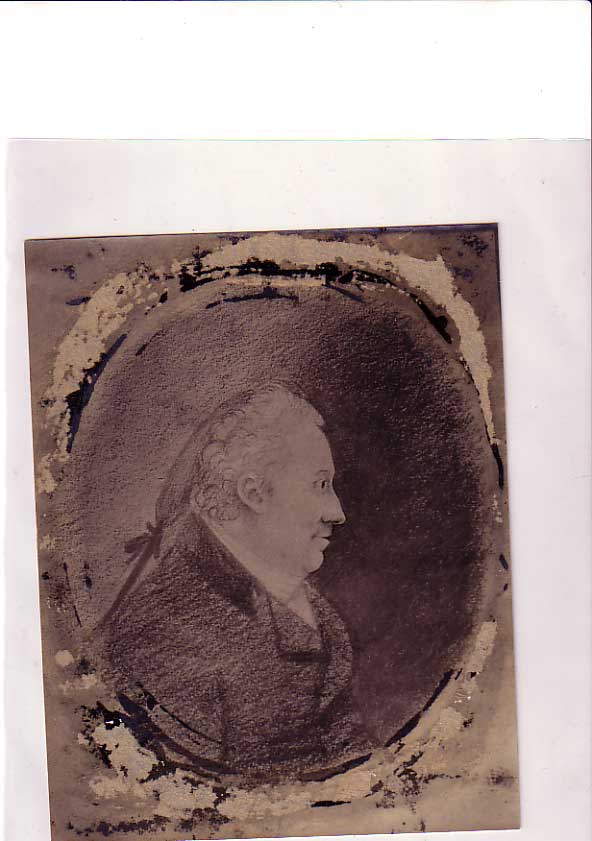
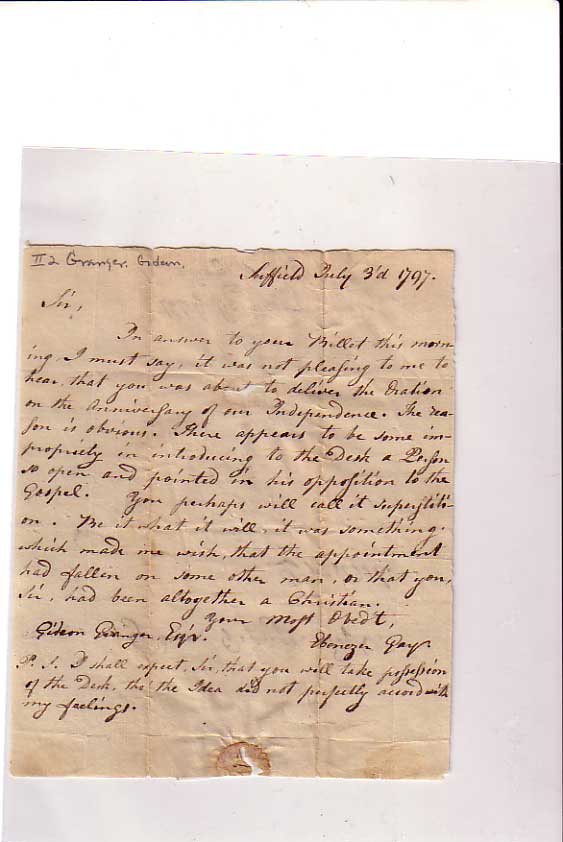
American Cultural History |
Check out our American Cultural Virtual Text Book; we're analyzing the local history around us and connecting it to our study and appreciation of American literature. At the end of the project, we will duplicate our work for the local library and provide them with material that they can then publish on their web page. Click here for gravestone iconography help. Click here for work begun about Willis Seaver Adams.
Documents scanned at the historical room of the local library:
 |
 |
 |
 |
 |
Links:
Suffield:
Phelps-Hatheway House & Garden: http://www.ctlandmarks.org/phelps.php
Adams considered himself a colorist. We reflected on Emily Dickinson's celebration of color in her poem, Blazing in gold and quenching in purple as well as the color in Whitman's Spontaneous Me.
Blazing in gold and quenching in purple,
Leaping like leopards to the sky,
Then at the feet of the old horizon
Laying her spotted face, to die;
Stooping as low as the kitchen window, 5
Touching the roof and tinting the barn,
Kissing her bonnet to the meadow,—
And the juggler of day is gone!
SPONTANEOUS me, Nature,
The loving day, the mounting sun, the friend I am happy with,
The arm of my friend hanging idly over my shoulder,
The hill-side whiten’d with blossoms of the mountain ash,
The same, late in autumn—the hues of red, yellow, drab, purple, and light and dark
green,
The rich coverlid of the grass—animals and birds—the private untrimm’d
bank—the primitive apples—the pebble-stones,
Beautiful dripping fragments—the negligent list of one after another, as I happen to
call them to me, or think of them,
The real poems.
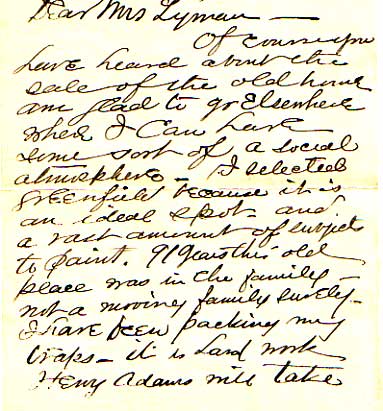
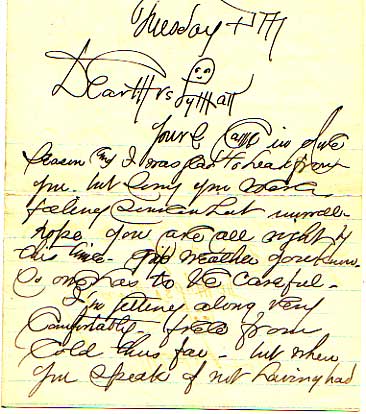
Our American Studies Projects
Hello Co-investigators, here are some guidelines for making a web page for gravestone iconography:
Web pages to help you understand and interpret your iconography:
The Lunette and Finials; Lunette hosts a cherub which had taken the place of death's head figure. Many scholars suggests that this symbol represents the soul's flight to heaven. The finial resembles the "Whorl" and "Pie" shape designs. Note also the border, signifying stability and order.
Inscription reads: In Memory of Sam Kent Esqr. who died 28th of Octr, 1772, in the 74 Years of his Age.
Here are some potential topics and artifacts: Asher Benjamin, the architect; the beautiful large beech tree; such as.
Skinner State Park Info: http://www.mass.gov/dcr/parks/central/skin.htm
Click here to listen to Naturalist Lorrie Sander's short mp3 about the "The Holyoke Range--Art, Literature, Nature, & American History." http://www.wfcr.org/field_notes/naturalareas/holyoke_range.mp3
August 30, 2002, Mt. Holyoke's Art Museum's Inaugural Exhibition to Feature Thomas Cole's 1836 Painting The Oxbow. http://www.mtholyoke.edu/offices/comm/csj/083002/oxbow.shtml Thomas Cole's View from Mt. Holyoke, Northampton, Massachusetts, after a Thunderstorm (The Oxbow), 1836, oil on canvas. The Metropolitan Museum of Art, Gift of Mrs. Russell Sage, 1908. The Oxbow is included in the Mount Holyoke College Art Museum's exhibition Changing Prospects: The View from Mount Holyoke, which examines the historical significance of the College's namesake, Mount Holyoke.
http://www.mtholyoke.edu/offices/artmuseum/news/f02/exhibitions.html Changing Prospects: The View from Mount Holyoke; David John Gue, View from Mount Holyoke: The summit of Mt. Holyoke has long attracted visitors, including artists and writers, in search of edification and enjoyment. The second most popular tourist destination in the 19th century, the mountain gained status as a national icon.
Mount Holyoke, Massachusetts, "the Paradise of America" - Current and Coming: http://findarticles.com/p/articles/mi_m1026/is_3_162/ai_91088102
Mt. Holyoke Historical Timelines: great site for the history of the mountain; has many links for maps and historical documents (maps). http://www.chronos-historical.org/mtholyoke/index.html
Scenic America: (http://www.scenic.org/) "Throughout the country, our most cherished scenic resources and hometown assets are being obscured by a blizzard of monstrous billboards, badly sited telecommunications towers, a tangle of overhead lines, and a hodgepodge of visual clutter. Open space is being lost. Our natural and cultural heritage is being buried under unconstrained development and poorly designed transportation systems."
SAVE THE MOUNTAIN! "We are a group of citizens dedicated to the protection and preservation of the Mt. Holyoke and Mt Tom Ranges of western Massachusetts." http://www.savemtholyokerange.com/